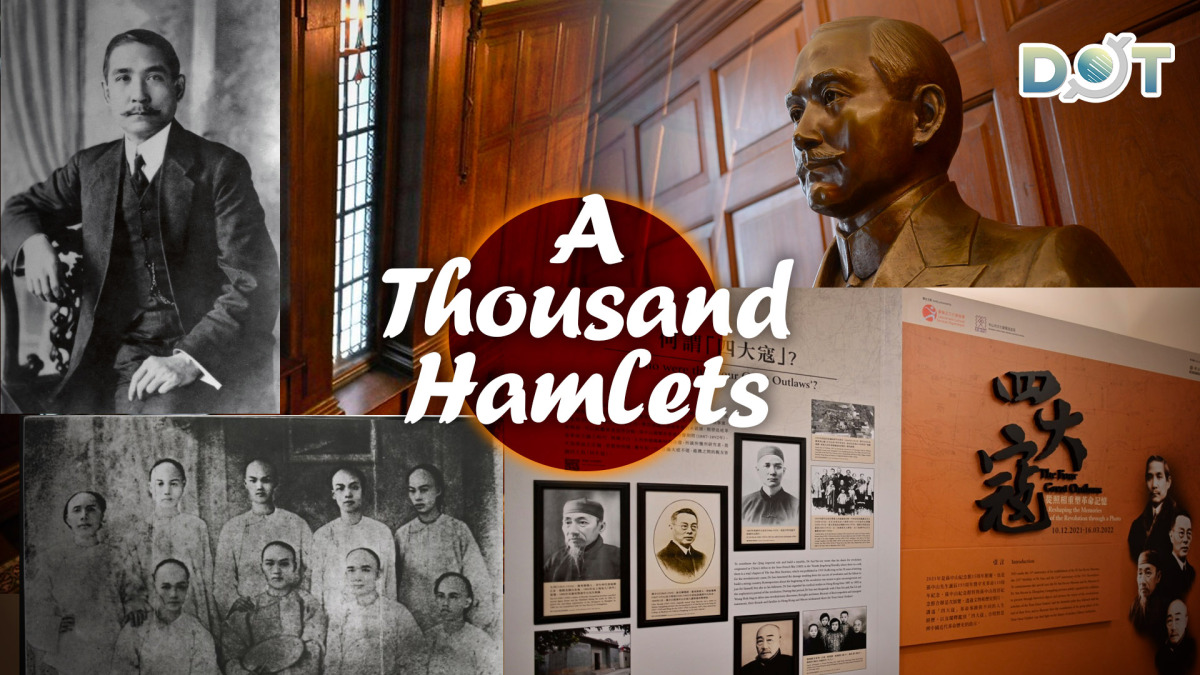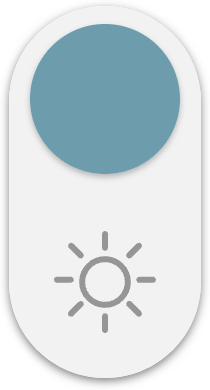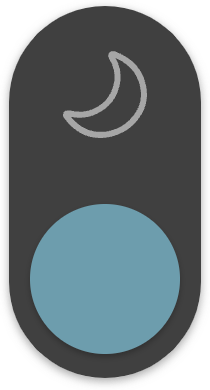
By Liu Yu and Liang Gangyi
The Dr. Sun Yat-Sen Museum, situated in Kom Tong Hall in Central, was established to honor Dr. Sun Yat-sen, who studied and developed his revolutionary ideas in Hong Kong. According to the curator, Dr. Nelson Chow, the Leisure and Cultural Services Department selected this location because Sun's activities in Hong Kong were primarily concentrated in the Central and Western districts.
As the only museum in Hong Kong dedicated to Dr. Sun Yat-sen, its mission is to effectively tell his story through two permanent exhibitions: "Hong Kong in Dr. Sun Yat-sen's Time" and "Dr. Sun Yat-sen and Modern China."These exhibits engage the audience and act as a platform for public education, supplemented by multimedia, audio-visual rooms, a library, and guided tours to create an immersive experience.
This article focuses on analyzing how the museum connects Dr. Sun Yat-sen's revolutionary development with Hong Kong. The museum portrays Sun's time in Hong Kong as a period of "the budding of revolutionary ideas," emphasizing the interplay between his experiences and the city's unique historical context. It explores how late 19th-century Hong Kong, with its independent judicial system, strategic location, efficient transport, free financial system, and progressive business community, provided fertile ground for revolutionary thought.
The museum introduces Hong Kong's cultural and societal uniqueness compared to mainland China during Sun's time. For instance, the Annual Report of the Tung Wah Hospital shows how Hong Kong's healthcare system blended traditional Chinese medicine with modern Western practices, creating a distinctive medical approach. Similarly, Wellington Street, where Sun lived in 1905, showcased a mix of Chinese and Western businesses, reflecting the city's cultural diversity and inspiring Sun's revolutionary vision. Additionally, the Po Leung Kuk Annual Report highlights the development of Hong Kong's social services, demonstrating a recognition of citizens' rights to life and health by both the government and NGOs. These features underscore Hong Kong's distinct trajectory of cultural integration, healthcare innovation, and social progress.
Under British rule, Hong Kong became a legal "vacuum," where revolutionary figures like Sun were tolerated. While the museum references incidents such as Kang Youwei's complaints about assassination attempts and the Governor's subsequent efforts to curb revolutionary activities, it also presents Sun's handwritten letter to the British government, showing that he faced a mere five-year entry ban rather than harsher Qing punishments. Hong Kong's status as a refuge and a hub for revolutionary networking is illustrated through exhibits like a watercolor painting of the Morrison Education Society School and replicas of maritime traffic records and union memoranda. For example, Sun's journey aboard the ferry "Sado Maru" from Hong Kong allowed him to connect with fellow revolutionaries and strategize revolutionary plans.
Hong Kong's role as a financial hub also supported Sun's activities. The museum highlights examples such as the involvement of wealthy supporters like Li Yuk-tong and Ma Ying-piu, as well as Hong Kong business associations opposing discriminatory laws in the United States. Revolutionary groups utilized Hong Kong's remittance networks, as evidenced by records from the Hong Kong and Shanghai Banking Corporation and the Bank of Canton, which facilitated significant financial support for revolutionary movements.
Sun's revolutionary ideology was also shaped by Christianity and bilingual education in Hong Kong. After the city opened its port in 1841, Christian missionaries introduced new schools and religious practices. The museum recreates the To Tsai Church on Hollywood Road, where Sun attended sermons and worshiped during his time at the College of Medicine for Chinese. Exhibits such as Sun's baptism record (under the name "Sun Rixin") highlight his acceptance of Christianity and its influence on his vision for China's future. The museum also showcases letters and historical accounts of Sun's interactions with Christian figures who supported his revolutionary cause, linking his Three Principles of the People to Christian teachings.
The bilingual education system in Hong Kong, particularly at the College of Medicine for Chinese, played a crucial role in shaping Sun's worldview. While the museum displays exhibits such as Sun's graduation transcript and answer sheets, it also focuses on the broader impact of the new educational model by showcasing materials like a Chinese textbook and the diploma of Kwan King-leung. This approach emphasizes how bilingual education fostered a new generation of thinkers, including Sun, who embraced Western science and technology alongside traditional Chinese values.
Sun's time in Hong Kong also introduced him to many like-minded individuals. The museum's exhibits include group photographs of the "Four Desperados," a group of young revolutionaries, including Sun, Chen Shaobai, You Lie, and Yang Heling. Their close friendship and shared revolutionary ideals significantly influenced Sun's thinking and actions. The museum underscores that the relative freedom in Hong Kong allowed Sun to cultivate these revolutionary ideas and relationships.
The museum's narrative demonstrates how Hong Kong's unique historical and cultural environment—its legal system, transportation, financial freedom, and progressive business class—nurtured Sun's revolutionary ideas. At the same time, Christianity, modern education, and his friendships provided the intellectual and emotional sustenance for his growth. By analyzing these factors, the museum effectively illustrates how Hong Kong in the late 19th century became the cradle of Sun's revolutionary vision and ideals.
Liu Yu is the lead editor of the cultural commentary "A Thousand Hamlets." Liu holds a BA in English Literature from HKBU and an MA in History from HKU.
Liang Gangyi holds an MA in History from the University of Lancaster and an MA in Hong Kong History from HKU.
The views do not necessarily reflect those of DotDotNews.
Related Readings:




















Comment